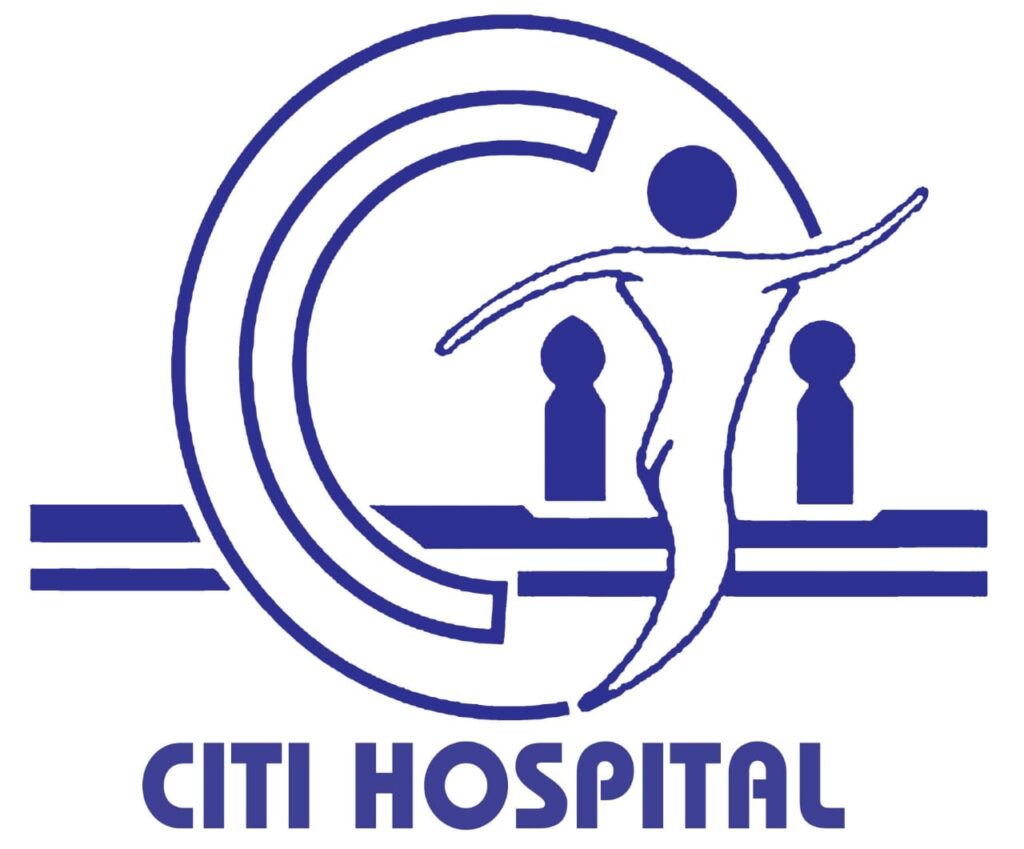Achalasia cardia is a rare condition affecting the tube that moves food from the mouth to the stomach. This esophagus issue disrupts the usual flow, making everyday eating and digestion tough. What causes achalasia cardia can be puzzling, but it impacts people significantly.
Those suffering find it hard to swallow and feel like the food sticks in the throat. Achalasia cardia symptoms can also include chest pain and weight loss.
Worldwide, it’s estimated that around 1 in 100,000 people are affected. Though not common, understanding it is crucial as it greatly affects quality of life.
In this article, we’ll dig deep. We’ll learn what causes achalasia cardia, explore its symptoms, and look into treatments. Whether you have achalasia or know someone who does, this guide will help you understand it better.
Unveiling the Mysteries of Achalasia Cardia: Causes and Symptoms
Typically, when you swallow, muscles in your esophagus push the food to your stomach. But in achalasia, the muscles don’t work well. They fail to relax properly, making swallowing hard. The disorder may even cause the esophagus to stretch out.
Why does this happen? What causes achalasia cardia often involves damaged nerves in the esophagus. This damage can lead to the esophagus being partly paralyzed. It’s also possible that genetic factors play a part.
In a normal working esophagus, everything works smoothly. But with this disorder, food and drinks can’t pass easily. Over time, the esophagus might widen because of the stuck food.
At night, people with achalasia might experience symptoms like a choking sensation. This can be serious, leading to complications like pneumonia. Differentiating it from GERD is important, as people sometimes confuse the two. Though both involve the esophagus, achalasia cardia vs gerd are quite different. GERD relates to acid coming back up from the stomach, not difficulty in moving food down.
As for symptoms, beyond hard swallowing, one may feel pain, regurgitate food, or face coughing fits. The symptoms escalate with time, so early attention is vital.
Diagnosis and Treatment: Navigating Through Options
If achalasia is suspected, doctors have a few ways to confirm it. The diagnosis of achalasia cardia might involve an X-ray to check if the esophagus is wide. Another test, called a manometry, measures how well the esophagus works.
Sometimes, doctors view the esophagus directly using a thin tube, akin to a mini-camera. This procedure is safe and provides clear insights.
Once diagnosed, several treatment for achalasia cardia exist. Doctors might suggest stretching the esophagus with a balloon, which is a gentle and direct method.
For others, medicine can help relax the muscles. Achalasia cardia homeopathic treatment and other achalasia cardia natural remedies are also options some people explore. However, it’s wise to talk to a doctor before trying these.
There are times when surgery is needed. There are various surgery options for achalasia cardia that specialists might recommend. These surgeries aim to ease tension in the muscles, making swallowing easier.
However, therapies might not be a permanent fix. Relapses occur, sometimes making ongoing treatment necessary. Yet, with new research and technologies, there’s hope for better long-term solutions.
Living Beyond Achalasia: Adapting to a New Normal
Even with treatment, living with achalasia means adjusting. What you eat matters a lot.
Achalasia cardia diet is crucial. Soft foods are friendlier, while certain foods can aggravate problems. Here’s a simple guide:
- Go for soups and smoothies.
- Avoid tough meats or very dry foods.
- Chew thoroughly; don’t swallow too fast.
Beyond diet, life changes help too. Eating slowly, being mindful of posture, and even sleep positions matter.
If you ever thought of home remedies for achalasia cardia, know that some find relief with simple tricks. Drinking warm liquids before meals can make swallowing less troublesome.
Keeping checkups regular helps. Seeing your doctor often ensures that any changes in your condition are noticed early.
Finding community support brings comfort. Knowing others share your experience can be very reassuring. Social media groups or local support meetings could offer a wealth of advice and friendly support.
Remember, achalasia cardia symptoms can be managed. With careful attention to diet, lifestyle, and medical input, a fulfilling life is possible.
Living with achalasia involves many adjustments, but with the right resources and support, adaptation is achievable. Through vigilance, knowledge, and community, you can thrive despite the challenges achalasia presents.




